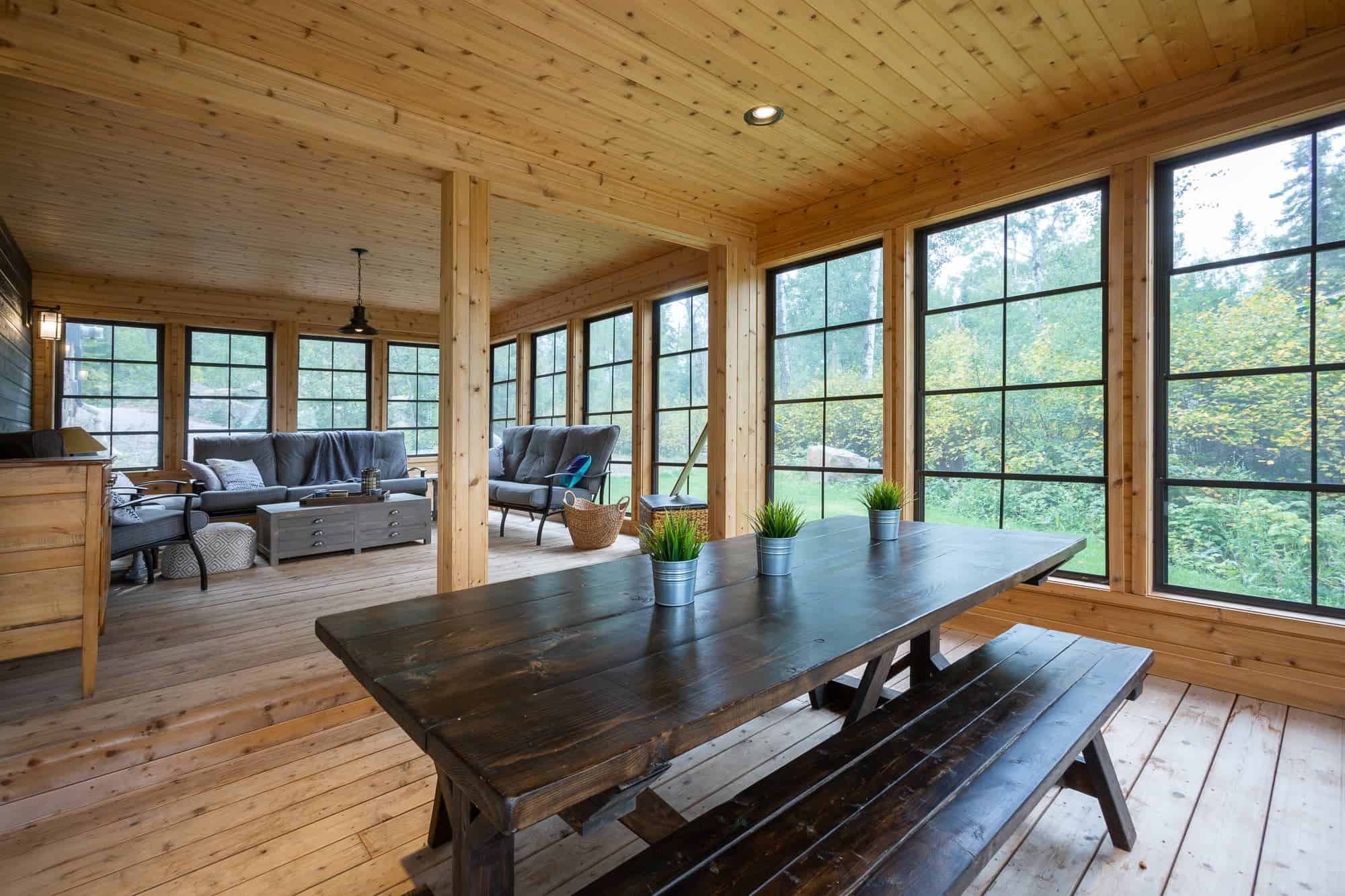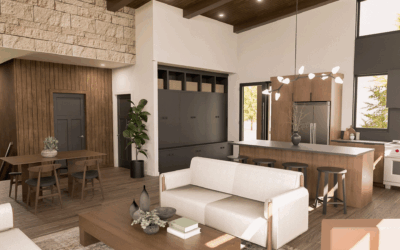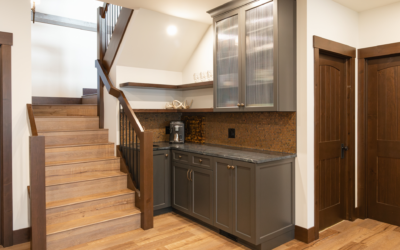When it comes to building cottages, timing is very important. With our short Canadian summers it becomes a priority to soak up as much of the warmer weather as we can. Many of the cottage lots in Manitoba and Lake of the Woods already have cottages on them, so, the big question often becomes “how can I rebuild without losing a summer?”
The good news is: it’s possible and we do it every year. What’s important to understand, is the timing involved and the planning ahead of time that’s required to make it happen.
A typical cottage rebuild looks like this:
1) Demolish old cottage no later than September 1st.
This is really important. In fact, if you already know that August long weekend will be the last time you plan to use the old cottage, we’ll often try to get started mid August. The start time of the build is critical to allow us enough time to finish the build before next summer.
2) Immediately get to work on the foundation.
Many cottage country areas in Manitoba and North Western Ontario are part of the Canadian Shield and it’s critical to have enough time in the fall to be able to get the foundation complete, and re-level out all the mud on the jobsite before freeze up. We also want to allow some buffer here. When we’re digging a foundation that’s next to a lake or dug down to granite, we need to be ready for the unexpected. We don’t always know exactly what height the water table may be at or if the granite drops off unexpectedly somewhere in the middle of the cottage.

3) Try to get things framed and closed in before the snow.
Sometimes this is possible, sometimes not. It really depends how early winter arrives that year. It’s not crucial for this to happen, as we frame homes and cottages year round, but in a perfect world we’d have the roof on and the windows in before we get a foot of snow and it’s minus 30 °C. Everything is a bit more challenging in cottage country, so with fall cottage builds we really try to shoot for this.
4) Work on finishing everything inside through the course of the winter.
Throughout the winter we’ll have all the interior trades, as well as some exterior trades like siding, working the same schedule as with a regular construction timeline.
5) Late spring/early summer possession.
For years we would have cottage possession dates at the beginning or middle of May. While this usually works with regards to the construction schedule, we’ve found there’s often an issue with getting final grading (leveling soil around the site) done. Even though the soil gets leveled in the fall on a new build, that soil always settles with the spring melt. This means, every build requires a “final grade” or leveling at the end of the build. Due to the fact that most cottages are on roads that are affected by spring weight restrictions, this means we can’t legally bring a machine in to do the levelling until June 1st. Items such as exterior stairs are also generally done after the final grade. Knowing this, we often suggest a move in date from early to mid June.
Now the question becomes: “When do I need to start planning to make this happen?” If you’re planning to start in the fall of 2020, with a possession date in spring 2021, then you need to start planning now. We usually like to allow six months for planning a new build, and depending on the area,the permitting process alone can take up to two months. For more information on timing, check out our article “How Long Does it Take to Plan a Custom Build?”
If you're ready to take the next step toward building your dream home or cottage, click the link below to set up a time to speak with us.
And, if you haven’t yet signed up for our email series, make sure to do so below. These emails will take you through a step-by-step guide of the building process, so you can be fully informed and prepared for your upcoming build.












